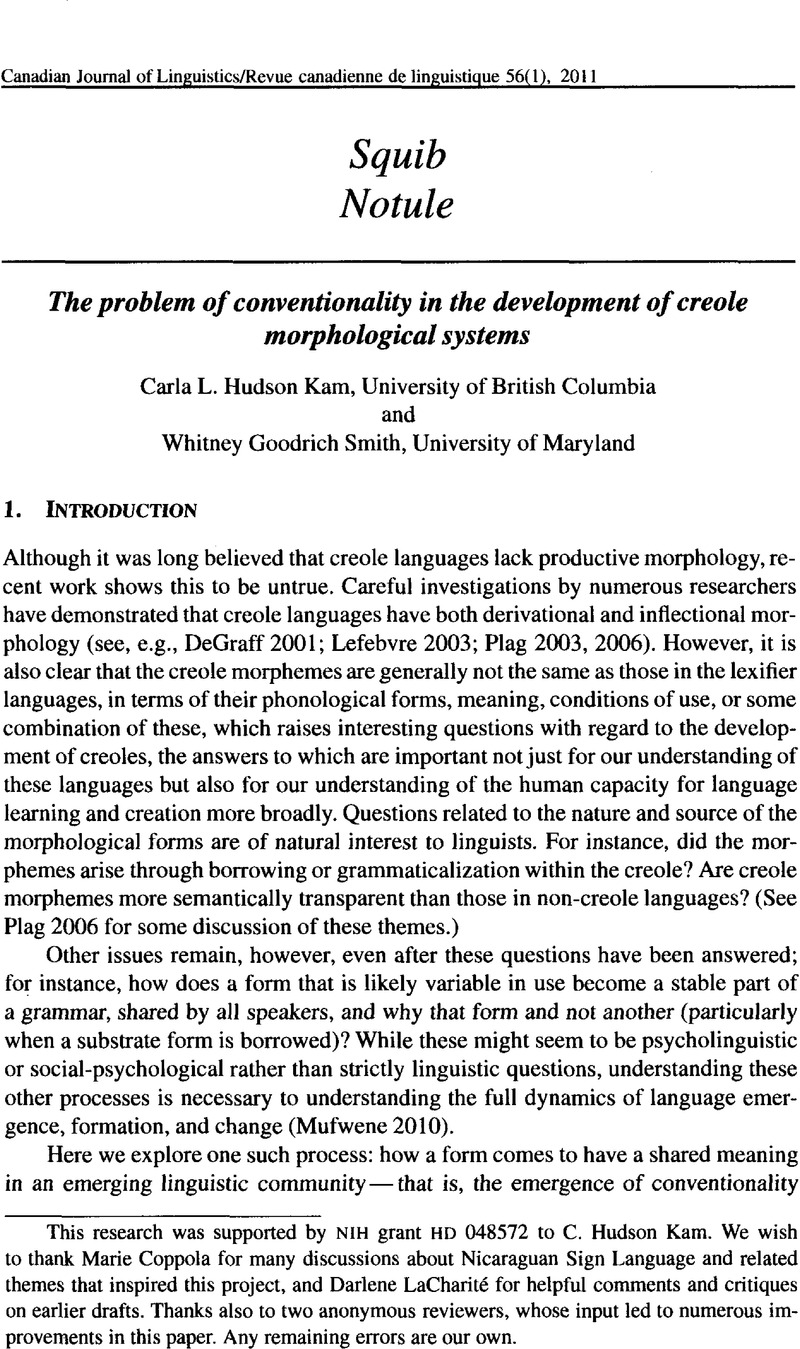Crossref Citations
This article has been cited by the following publications. This list is generated based on data provided by Crossref.
Debreslioska, Sandra
van de Weijer, Joost
and
Gullberg, Marianne
2019.
Addressees Are Sensitive to the Presence of Gesture When Tracking a Single Referent in Discourse.
Frontiers in Psychology,
Vol. 10,
Issue. ,



